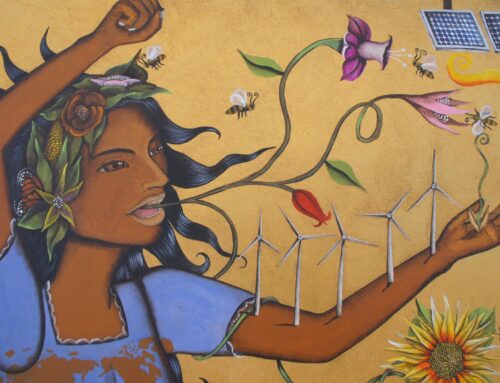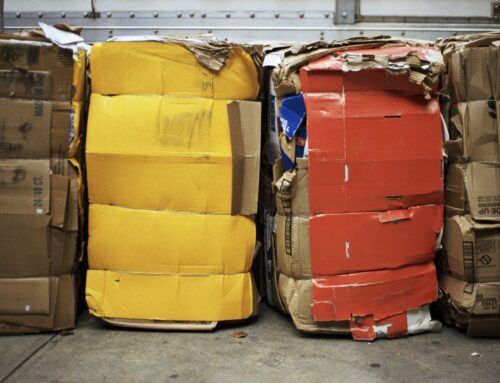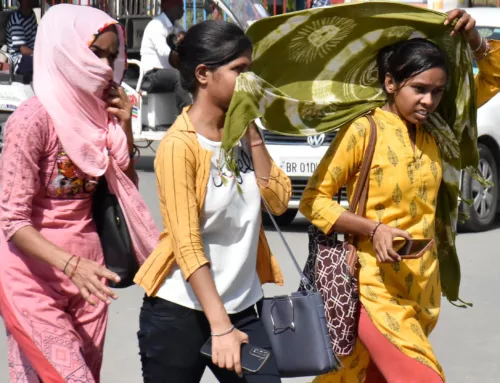Nabila Feroz critically examines the social and economic conditions that impact women and historically underserved groups during disasters. She informs policy makers and communities in understanding the necessity for disaster response and prevention. Feroz found that in the event of disaster, the likelihood of fatal casualties occuring is 14 times higher for women and children than for men. Taking the floods in Pakistan as an example, she lists the social determinants of health and wellbeing that place women at increased risk in disaster situations. These factors include limited access to resources such as education, healthcare, economic circumstances, and cultural barriers. Women in Pakistan were not fully equipped with skills such as navigation, self-defense, or swimming which made it much harder for them to successfully evacuate. Many women in Pakistan are also not able to leave their homes without a male companion or permission from elders, so they have limited experience navigating dilemmas outside of the home. In camps, they are subjected to violence and lack health care that meets their needs, such as menstrual resources and infrastructure for birth. These are only some of the compounding and intersectional challenges that women and children face. Policy makers must take special care to include womens’ concerns in their solutions.
Photo Credit: Asianet-Pakistan/Shutterstock







